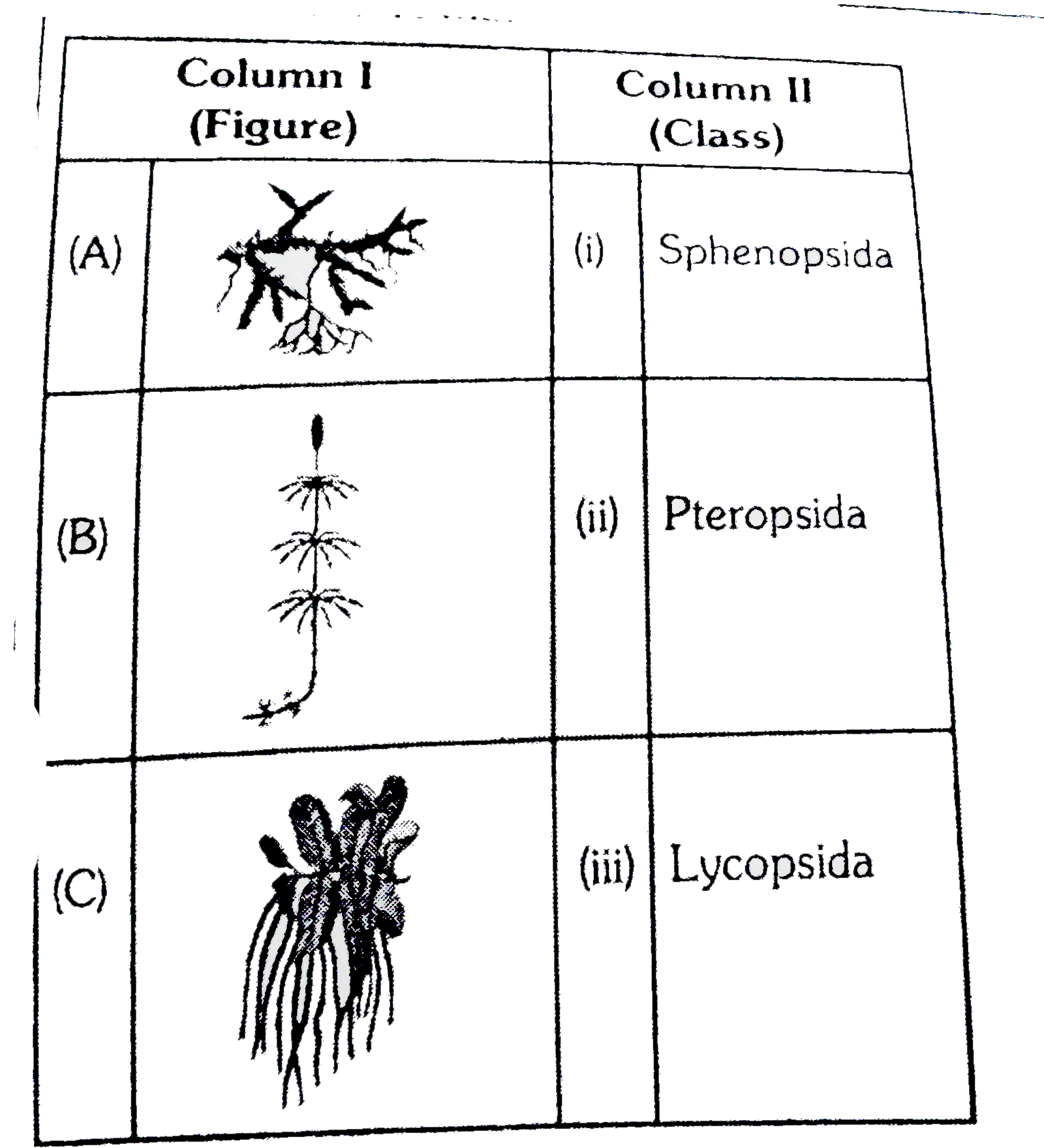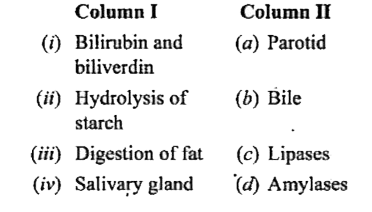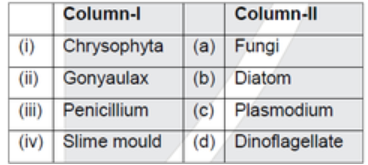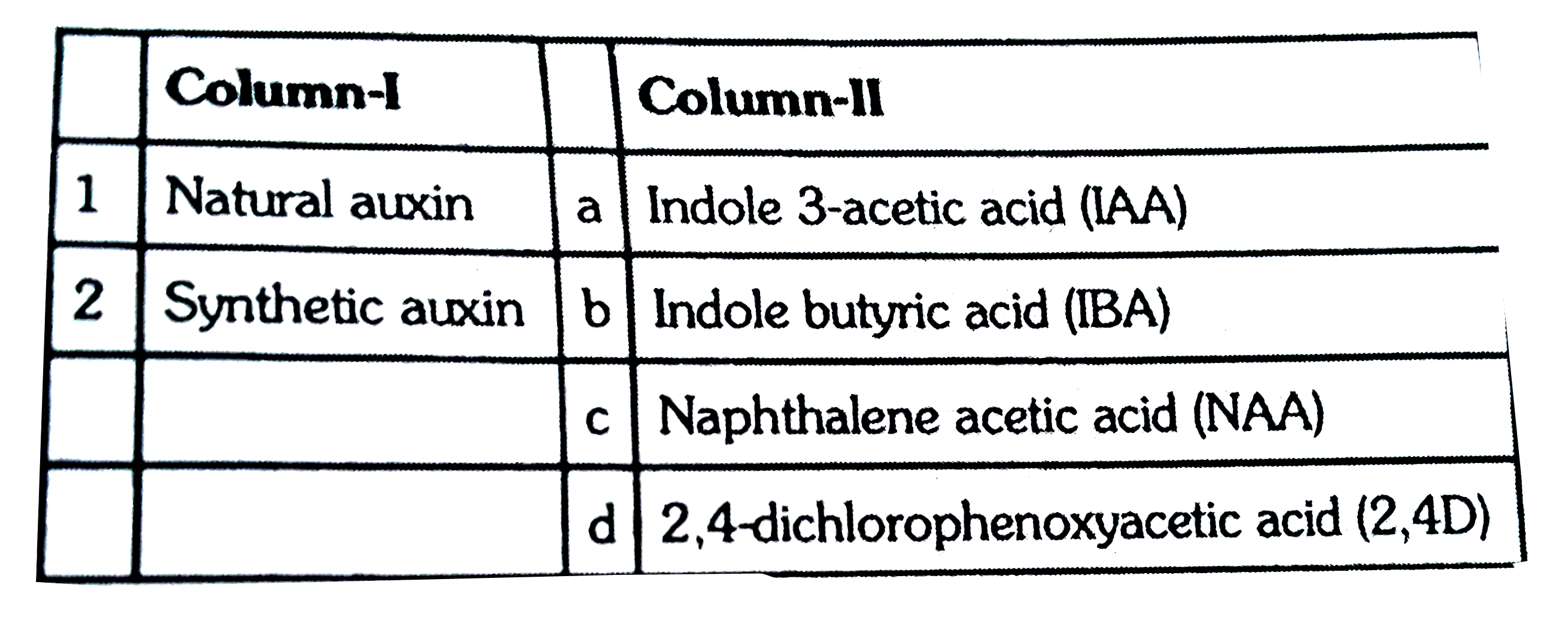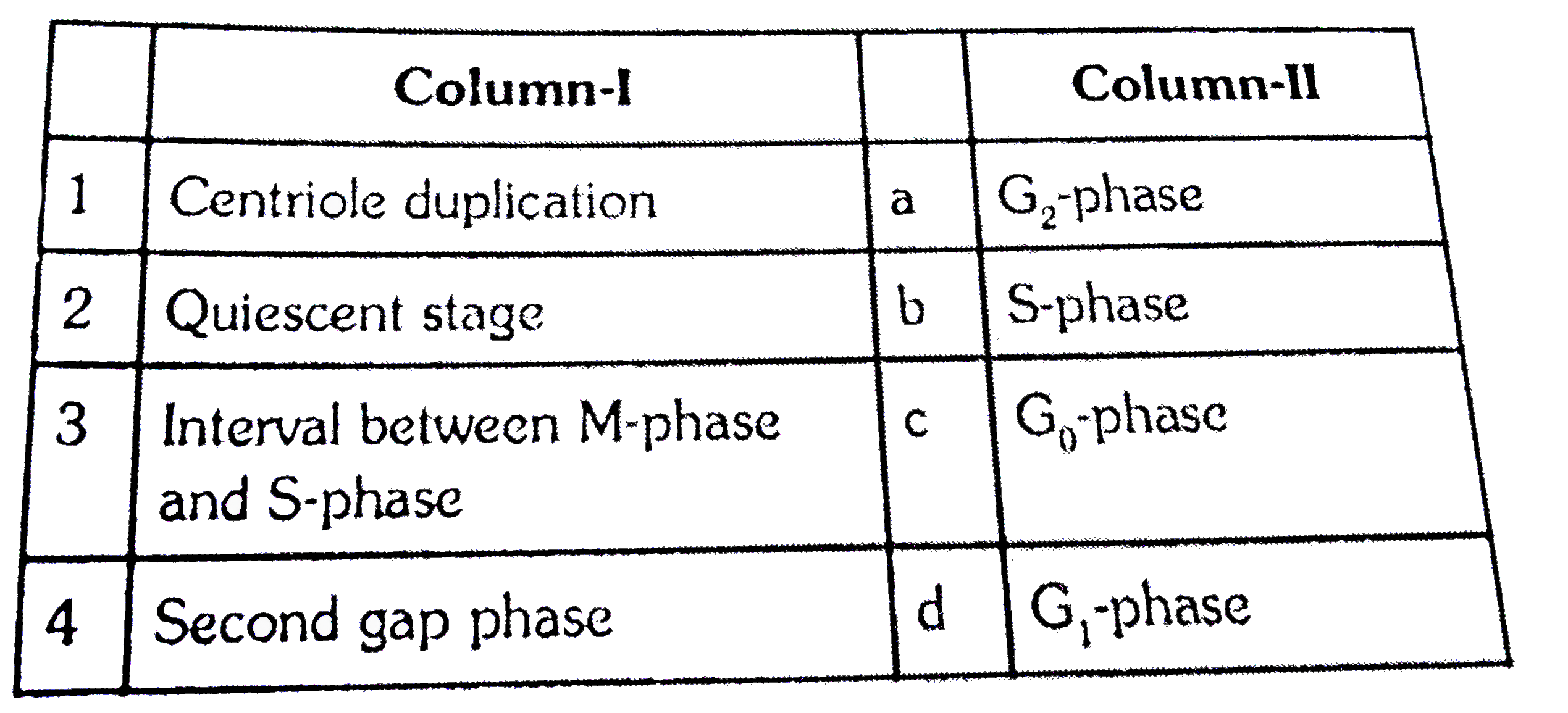Match the column I and II
Column IColumn II(a) Apocarpous(i) Papaver(b) Syncarpous(ii) Michellia(c) Epiphyllous(iii) Cashew(d) Cotyledon(iv) Aloe
a – i, b–ii, c–iii, d –iv
a – ii, b–i, c–iv, d –iii
a – iv, b–iii, c–ii, d –i
a – iv, b–i, c–iii, d –ii
The correct Answer is:B
To solve the matching question between Column I and Column II, we will analyze each term in Column I and find the corresponding example in Column II.
1. Identify Apocarpous:
- Definition: Apocarpous refers to a flower with separate, distinct carpels (ovaries) that are not fused together.
- Example: The common example of an apocarpous flower is Michelia.
- Match: (a) Apocarpous → (ii) Michelia
2. Identify Syncarpous:
- Definition: Syncarpous refers to a flower where the carpels (ovaries) are fused together to form a single structure.
- Example: A well-known example of a syncarpous flower is Papaver (poppy).
- Match: (b) Syncarpous → (i) Papaver
3. Identify Epiphyllous:
- Definition: Epiphyllous refers to stamens that are fused with the petals or tepals.
- Example: This condition is found in the genus Aloe.
- Match: (c) Epiphyllous → (iv) Aloe
4. Identify Cotyledon:
- Definition: Cotyledons are the first leaves that develop from a seed.
- Example: Cashew is a plant that produces seeds with cotyledons.
- Match: (d) Cotyledon → (iii) Cashew
Final Matches:
- (a) Apocarpous → (ii) Michelia
- (b) Syncarpous → (i) Papaver
- (c) Epiphyllous → (iv) Aloe
- (d) Cotyledon → (iii) Cashew
Summary of Matches:
- (a) → (ii)
- (b) → (i)
- (c) → (iv)
- (d) → (iii)
Answer:
The correct answer is option 2: (a) → (ii), (b) → (i), (c) → (iv), (d) → (iii).
---
- Definition: Apocarpous refers to a flower with separate, distinct carpels (ovaries) that are not fused together.
- Example: The common example of an apocarpous flower is Michelia.
- Match: (a) Apocarpous → (ii) Michelia
- Definition: Syncarpous refers to a flower where the carpels (ovaries) are fused together to form a single structure.
- Example: A well-known example of a syncarpous flower is Papaver (poppy).
- Match: (b) Syncarpous → (i) Papaver
- Definition: Epiphyllous refers to stamens that are fused with the petals or tepals.
- Example: This condition is found in the genus Aloe.
- Match: (c) Epiphyllous → (iv) Aloe
- Definition: Cotyledons are the first leaves that develop from a seed.
- Example: Cashew is a plant that produces seeds with cotyledons.
- Match: (d) Cotyledon → (iii) Cashew
- (a) Apocarpous → (ii) Michelia
- (b) Syncarpous → (i) Papaver
- (c) Epiphyllous → (iv) Aloe
- (d) Cotyledon → (iii) Cashew
- (a) → (ii)
- (b) → (i)
- (c) → (iv)
- (d) → (iii)
The correct answer is option 2: (a) → (ii), (b) → (i), (c) → (iv), (d) → (iii).
Similar Questions
Knowledge Check
Match the Column I and Column II:
 A1. i. 2. ii 3. iii 4. ivB1. i 2. ii 3. iii 4. ivC1. i2. ii 3. iii 4. ivD1. i 2. ii 3. iii 4. iv
A1. i. 2. ii 3. iii 4. ivB1. i 2. ii 3. iii 4. ivC1. i2. ii 3. iii 4. ivD1. i 2. ii 3. iii 4. ivMatch the Column I and Column II:
 A1. i 2. ii 3. iii 4. ivB1. i 2. ii 3. iii 4. ivC1. i 2. ii 3. iii 4. ivD1. i 2. ii 3. iii 4. iv
A1. i 2. ii 3. iii 4. ivB1. i 2. ii 3. iii 4. ivC1. i 2. ii 3. iii 4. ivD1. i 2. ii 3. iii 4. ivMatch the Column I and Column II.,B
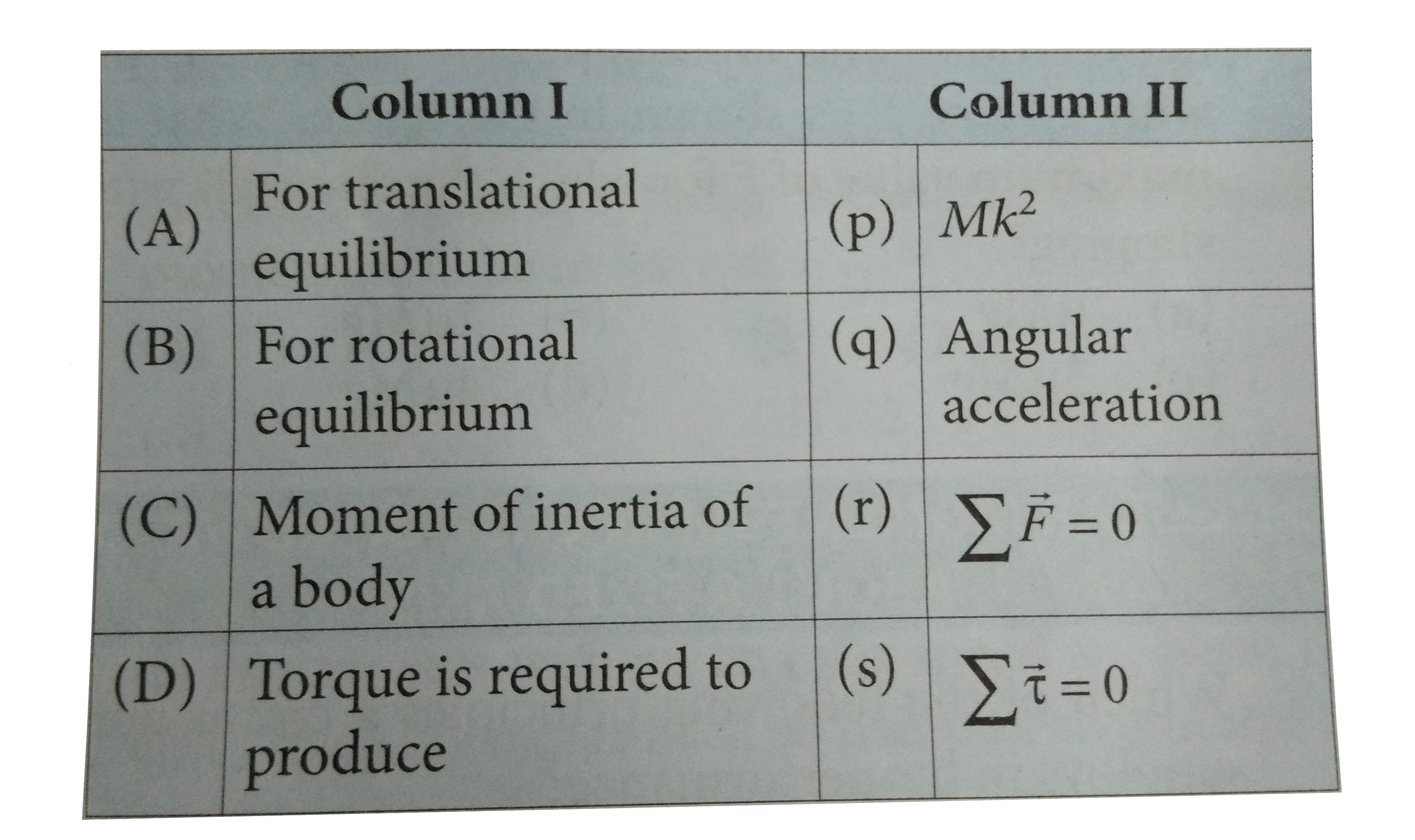 AA-p, B-q, C-r, D-sBA-q, B-r, C-s. D-pCA-r, B-q, C-p, D-pDA-r, B-s, C-p, D-q
AA-p, B-q, C-r, D-sBA-q, B-r, C-s. D-pCA-r, B-q, C-p, D-pDA-r, B-s, C-p, D-q

